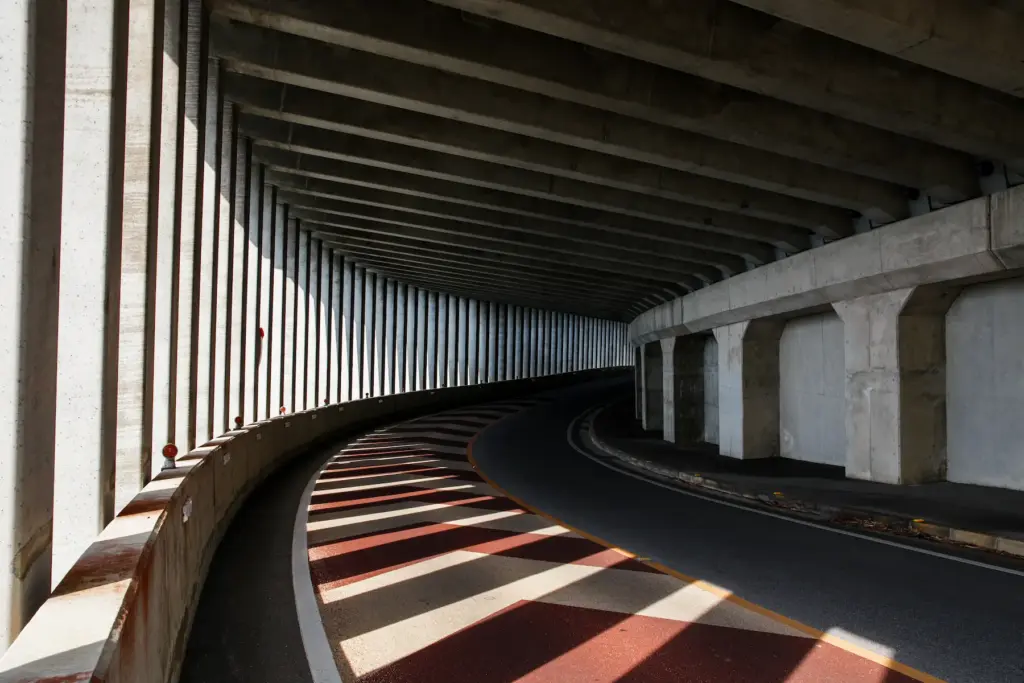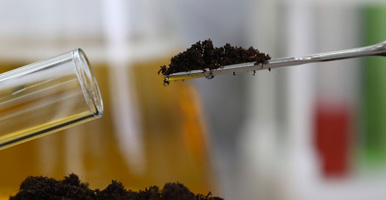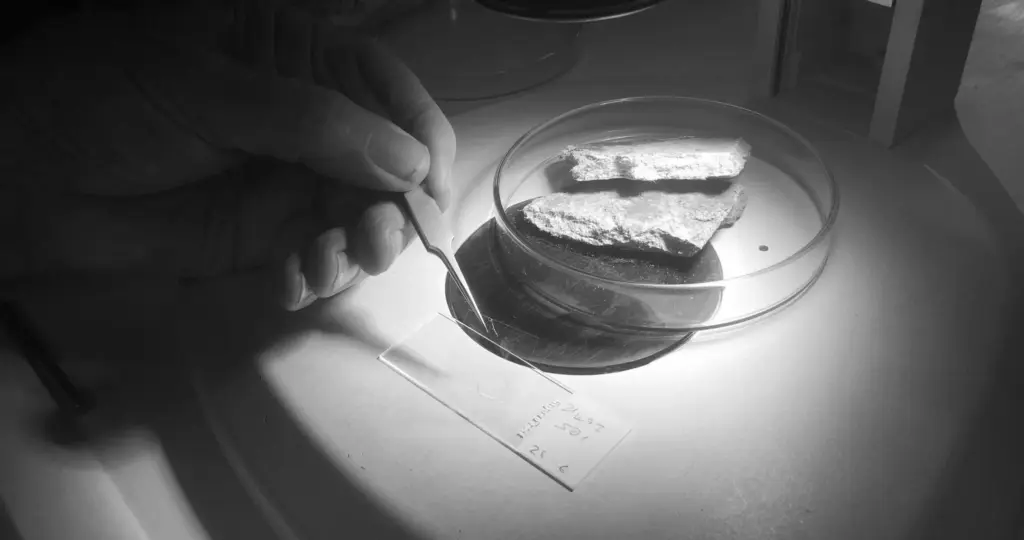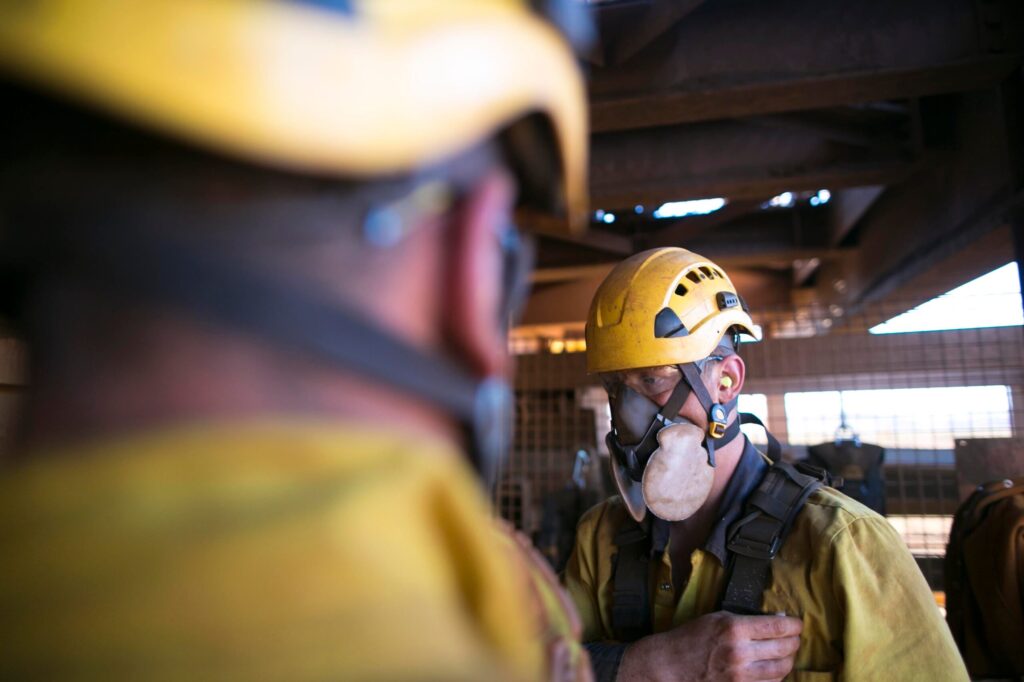Respiratory Fit Testing Services

Providing NSW with Comprehensive Respiratory Fit Testing
When it comes to personal protective equipment (PPE), nothing is more imperative than full functionality. This includes ensuring that the PPE’s shape and size is perfect for the individual using it. It must adequately protect them from any potential airborne dangers like asbestos, silica, and other contaminants. Therefore, EnviroScience provides leading respiratory fit testing to ensure exactly that.
Our experts will come out to your organisation and ensure that each individual’s mask fits properly and is suitable for use. This includes ensuring that there are no potential leaks between the face and facepiece.
* LICENCE FOR SAMPLING AIRBORNE DUST – Inhalable and Respirable Dust and Crystalline Silica – Licence N0MLA 00017341

About Our Respiratory Fit Testing
There are numerous elements to our first class service, including:
- Evaluation: We utilise state of the art technology to gauge whether there is a volume of test contaminant that enters the facemask.
- Education: It is important to remember that the individual is also responsible for gauging a leak. Therefore, we provide ongoing education for team members to be able to detect a leak via physical awareness (smell, taste etc.)
These combined elements create a comprehensive service that is designed to ensure ultimate leak prevention.
Want To Enlist Our Service?
Please feel free to get in contact with our experts if you would like to book our service. We are committed to helping NSW organisations ensure ultimate workplace safety. Therefore, we will be happy to discuss our service or book you in for a period that is most suitable for your workplace.
Call us on 1300 372 436 or submit an inquiry form via our contact page and we will reply with all the information you require.
Recent Respiratory Fit Testing Projects
Explore More Services










